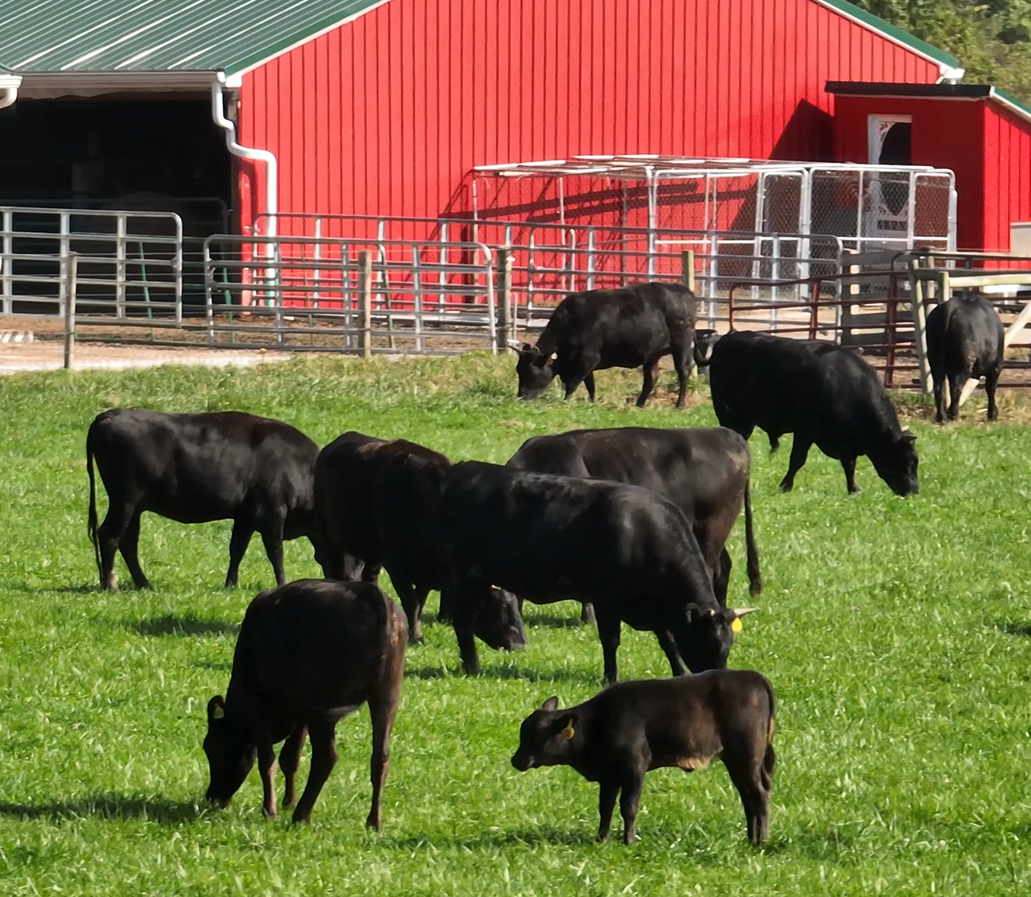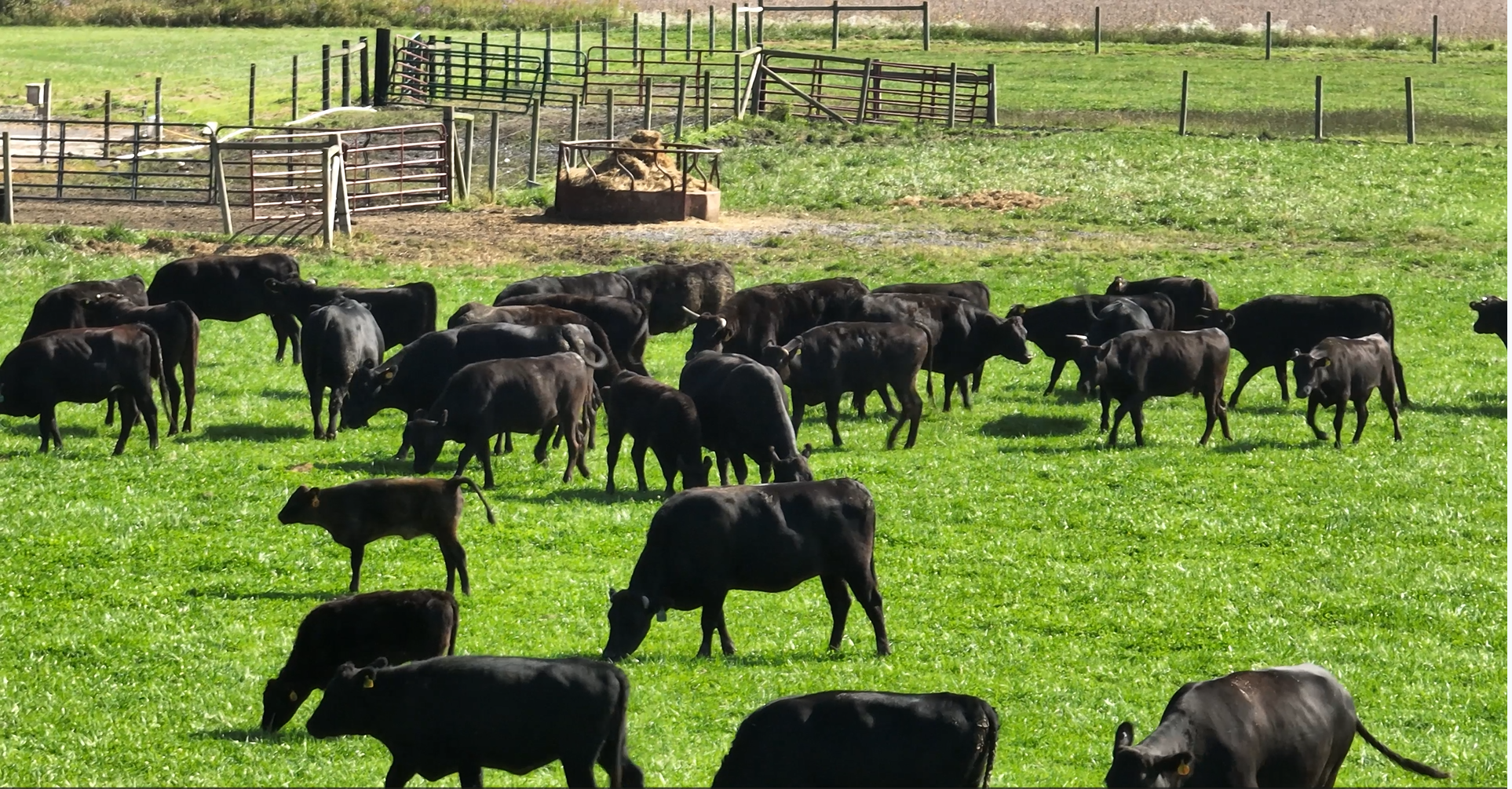Literally translated, Wagyu (pronounced wah-gyoo) means Japanese cow, and it refers to four specific cattle breeds developed as draft animals over centuries by Japanese farmers who selected for strength and endurance. In the mid-20th century, Japan’s beef industry began focusing on the science to further develop Wagyu as a culinary delicacy.
Odds are, you’ve never eaten authentic Wagyu beef. A burger chain that advertises Wagyu is almost certainly providing a meat blend with small amounts of Wagyu.
Even if you’re buying Wagyu from a trusted source, most of what is available in America comes from hybrid cattle, termed “American Wagyu.” It’s good, but it may leave you wondering what the fuss is about.
If you want the real thing – the Wagyu sought by foodies and connoisseurs the world over, with taste and texture unlike anything you’ve ever had before – the information that follows will help you understand the terminology used to identify it.
Wagyu Cattle
The four Wagyu breeds are Kuroge (Black); Akage (Red); Nihon Tankaku (Shorthorn); and Mukaku (polled – meaning horns have been bred out of the breed). Of these, Kuroge is the most populous and favored breed for beef.
You may also hear of Tajima Wagyu; this is a prized bloodline of the Kuroge breed dating to the awakening of Japan’s beef industry in the 1940s.
Authentic Kobe beef – which you’ve also probably never eaten – is Tajima Wagyu cultivated in a region of Japan (like Champagne is a sparkling wine from France’s Champagne region) under very specific practices of husbandry. It’s vanishingly rare, and very little of it has ever made its way to North America.
In 1976, four Wagyu bulls (two Kuroge and two Akage) were brought to the United States for crossbreeding with Angus and other American cattle stock. The first Wagyu cows arrived in 1993 – marking the first time full-blood Wagyu could be bred here. Only about 200 animals were brought here by 1997, when Japan shut the door on Wagyu cattle exports to protect the value of its industry.
Today, according to estimates from the American Wagyu Association, out of 30 million beef cows in the United States, about 40,000 (0.13%) are “Wagyu-influenced” and 5,000 (0.016%) are certified 100% full-blood Wagyu.


The marbling makes Wagyu special. Not only is there a lot more intramuscular fat (IMF) than other cattle breeds, it’s a different kind of fat. Softer, more dispersed and healthier. It’s built on oleic acid, the same monounsaturated omega-9 fatty acid found in olive oil and used medically to reduce cholesterol. It melts at just 59-77 degrees (F) – well below body temperature for humans and cattle alike – and gives Wagyu its incomparable taste and texture, while making it healthier than other types of beef.
Genetics determine the type of fat cattle produces. But other factors play a major role in the quality of beef, which is based on a number of factors including marbling, color, texture and, of course, taste. These factors are all affected by the diet and conditions under which cattle is raised.
Sorting the Wagyu Jargon
Genetic Labeling
- Japanese Wagyu: Produced in Japan from 100% full-blood Wagyu cattle with traceable bloodlines.
- Full-blood Wagyu: Produced in North America from two full-blood Wagyu parents, with bloodlines traceable to Japanese Wagyu and no evidence of crossbreeding.
- American Wagyu, or Crossbred Wagyu: Produced in North America by crossbreeding full-blood Wagyu with American cattle stock – usually Angus.
- F1 American Wagyu: A 1st-generation crossbred animal; 50% Wagyu and 50% Angus or another breed.
- F2 American Wagyu: Results when F1 cattle are crossbred with full-blood Wagyu; 75% Wagyu and 25% of another breed.
- F3 American Wagyu: Results when F2 cattle are crossbred with full-blood Wagyu; 87.5% Wagyu and 12.5% other breed(s).
- Purebred / pureblood Wagyu: Results when F3 cattle are crossbred with full blood Wagyu; 93.75% Wagyu; 6.25% other breed(s). It’s the highest designation for beef labeled as “American Wagyu.”

Marbling Scales
Marbling refers to the intramuscular fat (IMF) deposits in beef. It’s often expressed as a percent of IMF. For instance, F1 American Wagyu generally has an IMF of about 12% while top-of-the-line Wagyu, such as authentic Kobe, can reach IMF of nearly 60%.
If you want that eye-opening “Never had anything like this before” experience, look for Wagyu with at least 35-45% IMF.
IMF is one of the terms butchers and restaurateurs are likely to use when buying and selling beef.
Different scales are used around the world to describe marbling. In North America, there are two worth knowing:
USDA Marbling Scale: Based predominantly on marbling, but also on firmness, texture and meat color.
- Select: 2-4% IMF; about 20% of U.S. beef sold at retail or in restaurants.
- Choice: 4-10% IMF; about 75% of U.S. beef.
- Prime: 8-13% IMF; about 5% of U.S. beef.
Prime is the highest grade. There are grades lower than Select, but you don’t want to know.
Beef Marbling Score: You may sometimes see full-blood Wagyu in North America referred to by the Japanese BMS score. It’s useful because it picks up where the American system leaves off. BMS is measured on a scale of 3-12 (BMS 1 or 2 is substandard for Wagyu).
- BMS 3-4: (BMS 3-4 is 21- 29%. USDA Prime is 10-12%) Wagyu minimum score, but with a softer texture and different flavor profile than domestic cattle breeds.
- BMS 5-6: Lots of creamy white fat marbling, with noticeably different flavor and softer texture than even the best restaurant steaks.
- BMS 7-8: This is where things get special. Rich and buttery, with an IMF around 42-44%, it melts in your mouth.
- BMS 9-12: With IMF in excess of 50%, it’s hard to find anywhere and it costs accordingly.
Embryonic Testing
If you see scores that look like AA-7 or VA-5, that’s a reference to SCD genomic testing of the parents used to predict the potential for marbling and tenderness of the calves, but for most people it’s just one more confusing combination of letters and numbers.
It measures the presence of an enzyme that converts stearic acid to oleic acid. Stearic acid is a long-chain saturated fatty acid that makes fat hard and chewy. Oleic acid is a healthier monounsaturated omega-9 fatty acid that produces the soft, easy melting intramuscular fat that gives Wagyu its distinctive marbling.
SCD test results are expressed with a genotype and a tenderness marker. The three genotypes are AA (most desirable), VA and VV (least desirable).
The Tenderness Marker, based on the presence of other enzymes, is scored from 1 (least tender) to 10 (most tender).
An embryo with SCD test results of AA-10 is the best on the scale (also exceedingly rare and valuable). Typically 20% of full blood Wagyu test AA, 70% test VA and 10% test VV.


